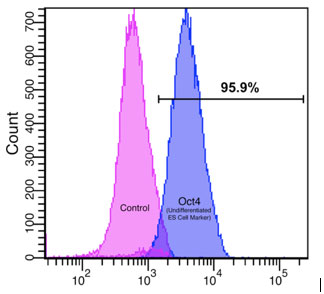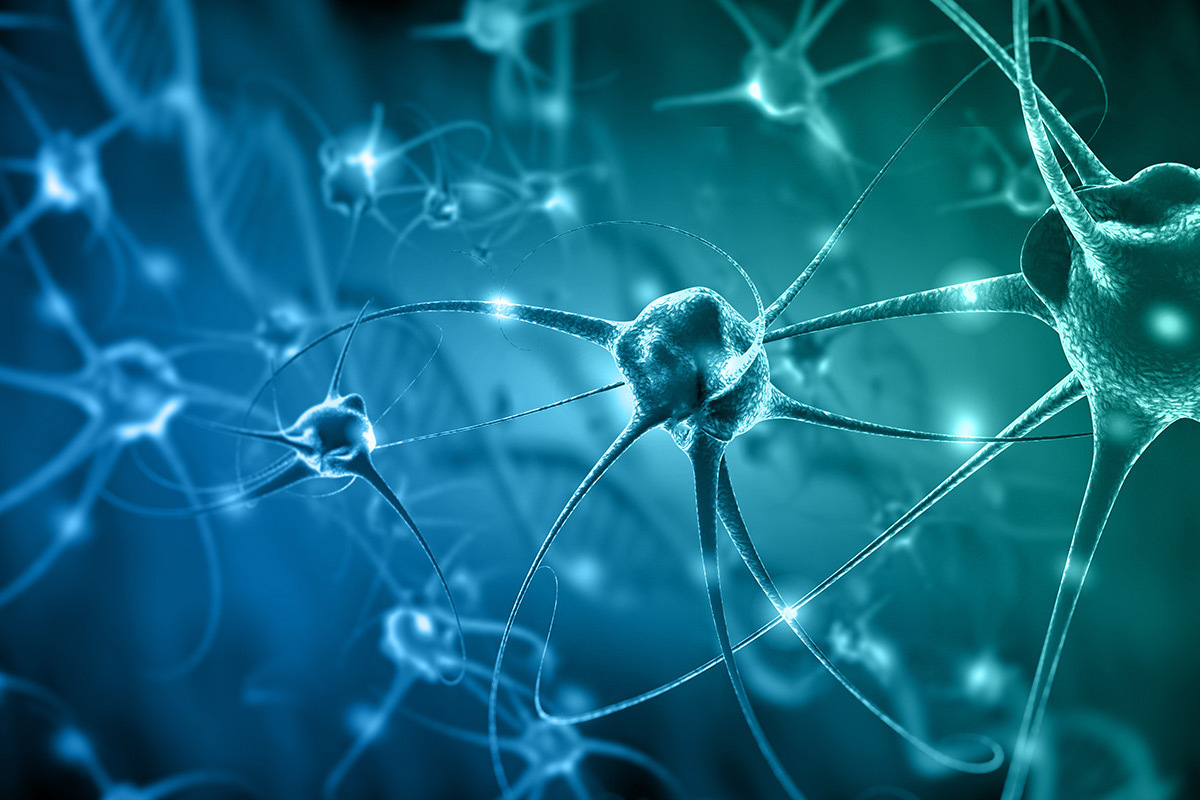Hussein, August 2007
Introduction
Cryopreservation is a technique commonly used to preserve human tissue and cells during long-term storage for their use in transplantation and research. One of the largest problems with stem cell cryopreservation is maintaining viability – cell numbers greatly reduce during cryopreservation (due to cell death) and those that survive the process can lose their stem cell characteristics – their ability to differentiate.
Prior to looking into AAGPs® ability to preserve stem cell numbers during cryopreservation the affect of AAGP® on cell function/competence was measured. This was the aim of this experiment.
Method
Mouse neural embryonic stem cells were cryopreserved at -80°C in 20%FBS growth serum containing 10%DMSO and AAGP®. After 2 days of cryopreservation cells were thawed at 37°C. OCT4 was used as a marker for undifferentiated/competent stem cells and flow cytometry performed to calculate the percentage of sample which remained undifferentiated. Unstained cells were used as the control.
Results
The OCT4 cell competence tests showed 96% of the mouse neural cells to contain the undifferentiated/competent stem cell marker (Graph).



